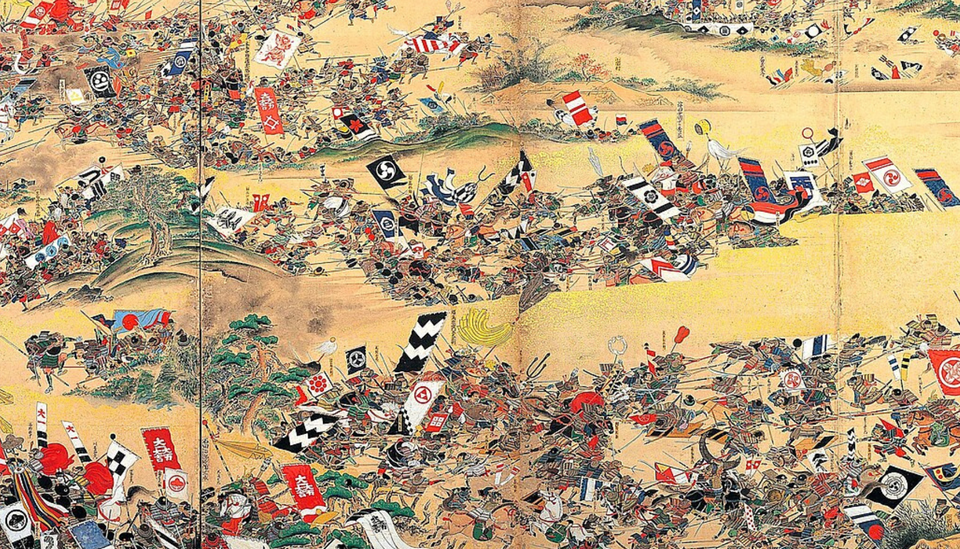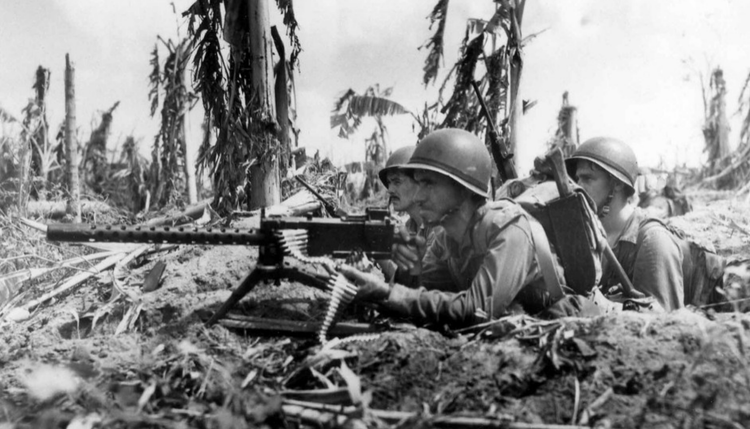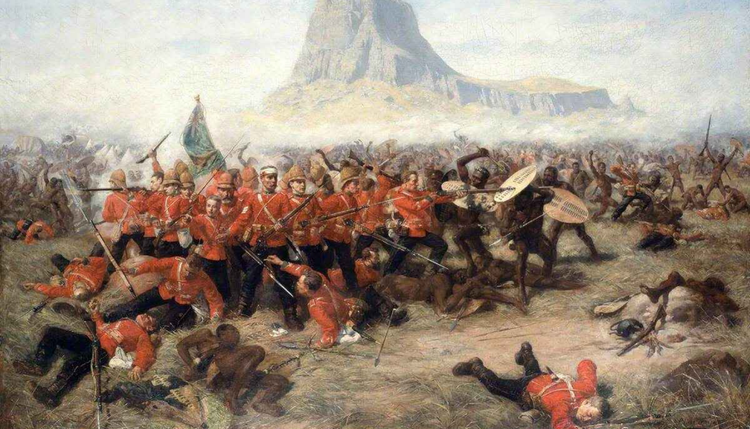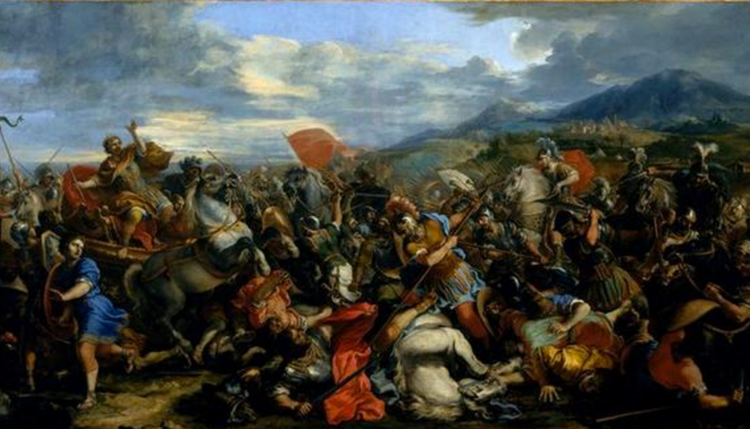Battle of Sekigahara

Prelude to Battle
The Battle of Sekigahara, fought on October 21, 1600, was one of the most important and decisive battles in Japanese history. It marked the end of decades of civil war and laid the foundation for the Tokugawa shogunate, which would rule Japan for over 250 years. The conflict emerged from a power struggle between two factions following the death of the great unifier, Toyotomi Hideyoshi. Hideyoshi’s efforts to bring peace to Japan by consolidating power under a central authority were threatened by the divisions among his followers, particularly over who would succeed him as de facto ruler of Japan.
In 1598, when Hideyoshi died, his young son, Toyotomi Hideyori, was appointed as his successor. However, at only five years old, Hideyori was too young to rule, so a council of regents was formed to govern Japan until he came of age. Among the most powerful members of this council were Tokugawa Ieyasu, a cunning and ambitious daimyo, and Ishida Mitsunari, a close ally of the Toyotomi family and a loyalist to Hideyoshi’s legacy.
The council of regents was soon fractured as Tokugawa Ieyasu began consolidating power, setting himself up as the dominant figure in Japan. Ishida Mitsunari, fearing that Ieyasu sought to take control of the country for himself, rallied other daimyo to oppose him. The resulting conflict would culminate in the Battle of Sekigahara, a massive confrontation that would determine the future of Japan.




